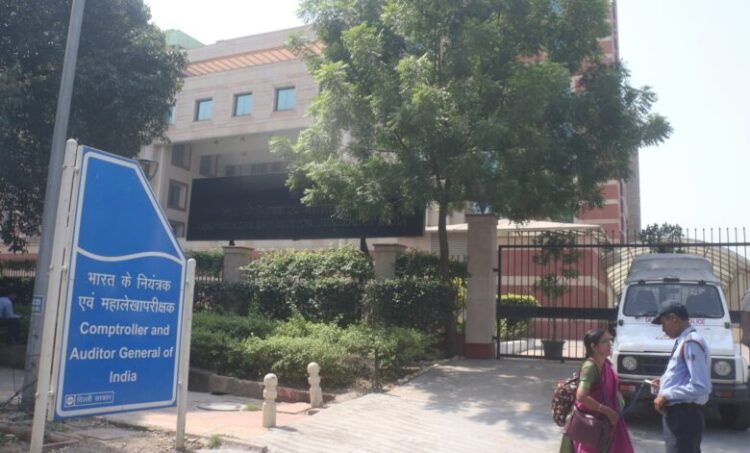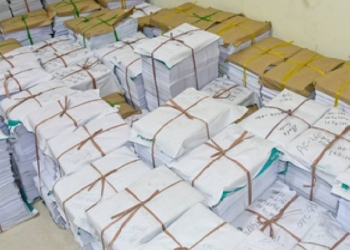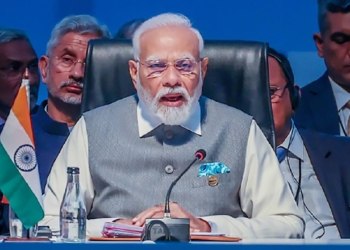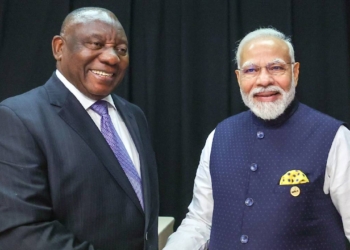Bengaluru: The State Finance Audit Report of the Comptroller and Auditor General of India (CAG) of the year ended March 2022, tabled on Thursday, recommended that the Karnataka government should review the working of state public sector undertakings incurring huge losses.
It stated that the government should also take appropriate action for their disinvestment, revival, or closure.
The government auditor underlined that the inactive State Public Sector Enterprises (SPSE) are neither contributing to the state economy nor meeting the intended objectives and the state government needs to take a decision regarding commencement of the liquidation process in respect of inactive SPSEs.
The report also noted that the state government may ensure timely submission of financial statements of the SPSEs, as in the absence of finalisation of accounts, government investments in such SPSEs remain outside the oversight of the state legislature.
The report stated that, “as on March 31, 2022, there were 125 SPSEs including six Statutory Corporations. Out of 125 SPSEs, there were 13 inactive SPSEs. Of these, four SPSEs have commenced liquidation process, closure process had not yet started for eight SPSEs, and closure order for one SPSE (NGEF Ltd) were withdrawn by the government of Karnataka.
“Out of the total profit of Rs 2,608.22 crore earned by SPSEs, 62.64 per cent was contributed by only three SPSEs. Out of total loss of Rs 11,447.85 crore incurred by 50 SPSEs, loss of Rs 7,907.43 crore was contributed by four SPSEs. SPSEs were not adhering to the prescribed timeline regarding submission of their Financial Statements as per the Companies Act, 2013. As a result, 204 accounts of 86 government companies were in arrears.”
Some of the other recommendations included that the state government should formulate guidelines for quick completion of incomplete projects and strictly monitor reasons for time and cost overrun with a view to take corrective action.
In addition, it should give priority to works nearing completion.
As per the report, the state government needs to make medium term corrections on the expenditure side to moderate committed expenditure and simultaneously mobilise state revenues to bring down the debt level. The budgetary exercise carried out by the state government was near to realistic as only 4 per cent of the total provision remain unutilised.
It also said that an appropriate control mechanism needs to be instituted by the government to identify anticipated savings and surrender it within the specified time frame so that the funds can be utilised for other development purposes.
The government may ensure timely submission of utilisation certificates (UCs) by the departments in respect of the grants released for specific purposes and also devise a module in its Integrated Financial Management System, in line with Expenditure Advanced Transfer Module of Public Financial Management System to monitor the ultimate utilisation of funds.
The report also mentioned that the population of the state has increased from 5.29 crore in 2001 census to 6.11 crore as per 2011 census. The density of population is 319 persons per square kilometre against the all India density of 382 persons per square kilometres. The population below the poverty line is 20.90 per cent against the all India average of 21.90 per cent. Literacy is 75.36 per cent against the all India average of 73 per cent. Infant mortality per 1,000 live births is 23 against the all India average of 33. Per capita GSDP (2021-22) of Karnataka is Rs 2,78,786 against all India average of Rs 1,46,087.
The population growth between 2012 and 2022 is 8.99 per cent against the all India average of 12.12 per cent. The number of primary schools (65,029), primary health centres (2,359), surfaced roads per 100 square km (46.97 kms), unsurfaced roads per 100 sq. km (0.65 km), percentage of households with electricity (99.10) are mentioned as the development indicators relating to the major infrastructures in the state.
















